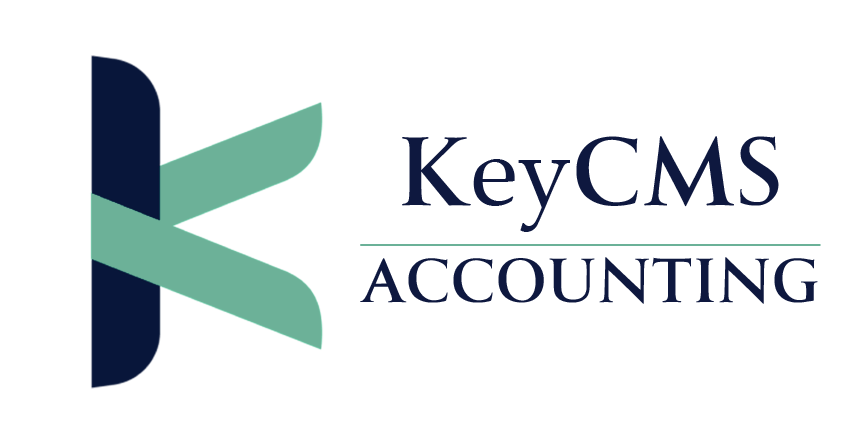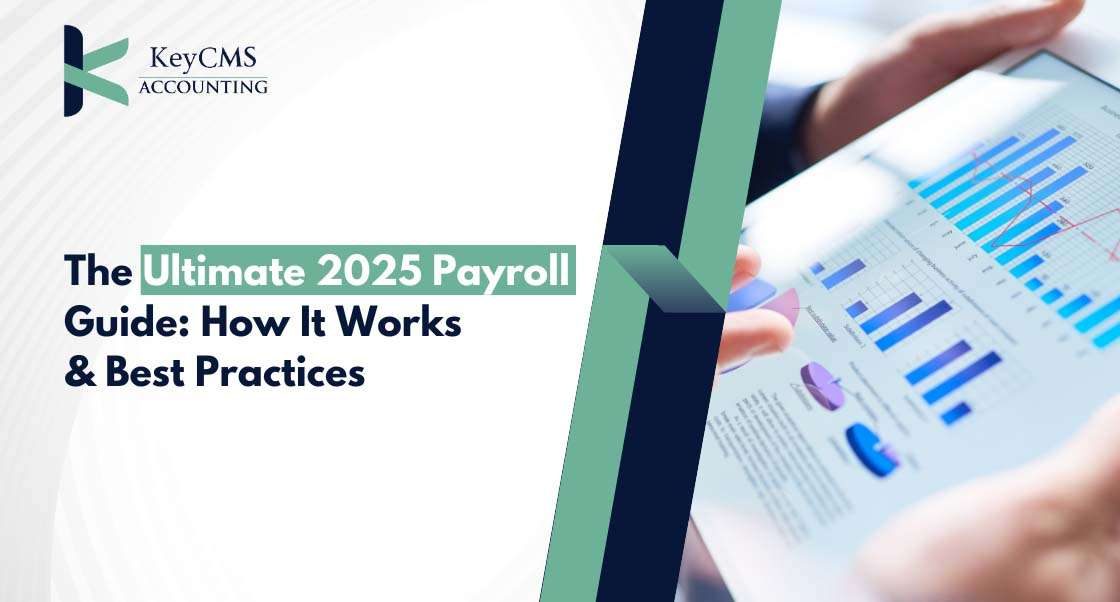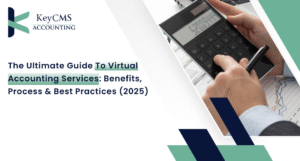Managing payroll is one of the most important—and sometimes most complex—parts of running a business. Whether you’re an established company or a new startup, payroll isn’t just about paying employees. It involves compliance with tax laws, proper record-keeping, and ensuring your team feels valued and secure.
In this guide, we’ll break down how payroll works in 2025, from the basics to best practices, so you can handle it confidently and efficiently.
What Is Payroll?
It is the process of compensating employees for their work. At its core, it includes:
- Calculating wages and salaries
- Withholding taxes and deductions
- Issuing payments (via direct deposit, checks, or digital wallets)
- Reporting and compliance with federal, state, and local regulations
In 2025, payroll also extends into integrated HR and finance systems, automation, and even AI-driven compliance checks making it more efficient than ever.
The Payroll Process: Step by Step
Here’s a simple breakdown of how payroll typically works:
- Collect Employee Information
Gather W-4s (or digital equivalents), bank details, and any benefits enrollment forms. - Track Time and Attendance
For hourly employees, accurate time tracking is key. Many businesses now use cloud-based systems with biometric or mobile check-ins. - Calculate Gross Pay
This is the total pay before deductions, based on hours worked, overtime, or salary agreements. - Apply Deductions
Subtract federal, state, and local taxes, plus benefits (like health insurance, retirement contributions, and garnishments if applicable). - Issue Payments
Most companies use direct deposit, but some also offer payroll cards or digital wallets. - File and Report Taxes
Employers must submit withheld taxes to the IRS and state agencies, along with quarterly and annual reports. - Maintain Records
Keep payroll records for compliance and future audits. In 2025, secure digital storage and AI-driven auditing tools make this step easier.
Payroll Options in 2025
Businesses today have several ways to manage payroll:
- Manual Payroll – Rarely used now, but still an option for very small teams.
- Payroll Software – Cloud-based platforms that automate calculations, filings, and payments.
- Outsourced Payroll Services – Ideal for growing companies that want experts to handle everything.
- All-in-One HR & Payroll Platforms – Popular in 2025, combining payroll, benefits, scheduling, and compliance.
Compliance and Payroll Laws
Payroll mistakes can lead to fines and unhappy employees. In 2025, businesses need to stay compliant with:
- Federal and state income tax laws
- Social Security and Medicare (FICA) contributions
- Overtime and minimum wage requirements
- Benefits regulations (like healthcare and retirement plans)
- Remote and cross-state employment tax rules
Many modern payroll tools now include AI compliance checks that alert employers to potential issues before they happen.
Best Practices for Payroll in 2025
- Automate whenever possible – Reduce human error with payroll software.
- Stay updated on tax law changes – Especially with remote teams working across multiple states or countries.
- Communicate clearly with employees – Provide digital pay stubs, year-end forms, and access to benefits info.
- Integrate payroll with HR and accounting – Streamline operations and reduce duplication.
- Prioritize security – Use multi-factor authentication and encryption to protect sensitive data.
Final Thoughts
Payroll may seem overwhelming, but with the right systems and knowledge, it becomes a smooth, automated process. In 2025, businesses have more tools than ever to make payroll efficient, compliant, and stress-free.
By mastering payroll, you’re not just cutting checks—you’re building trust with your employees and setting up your business for long-term success.




